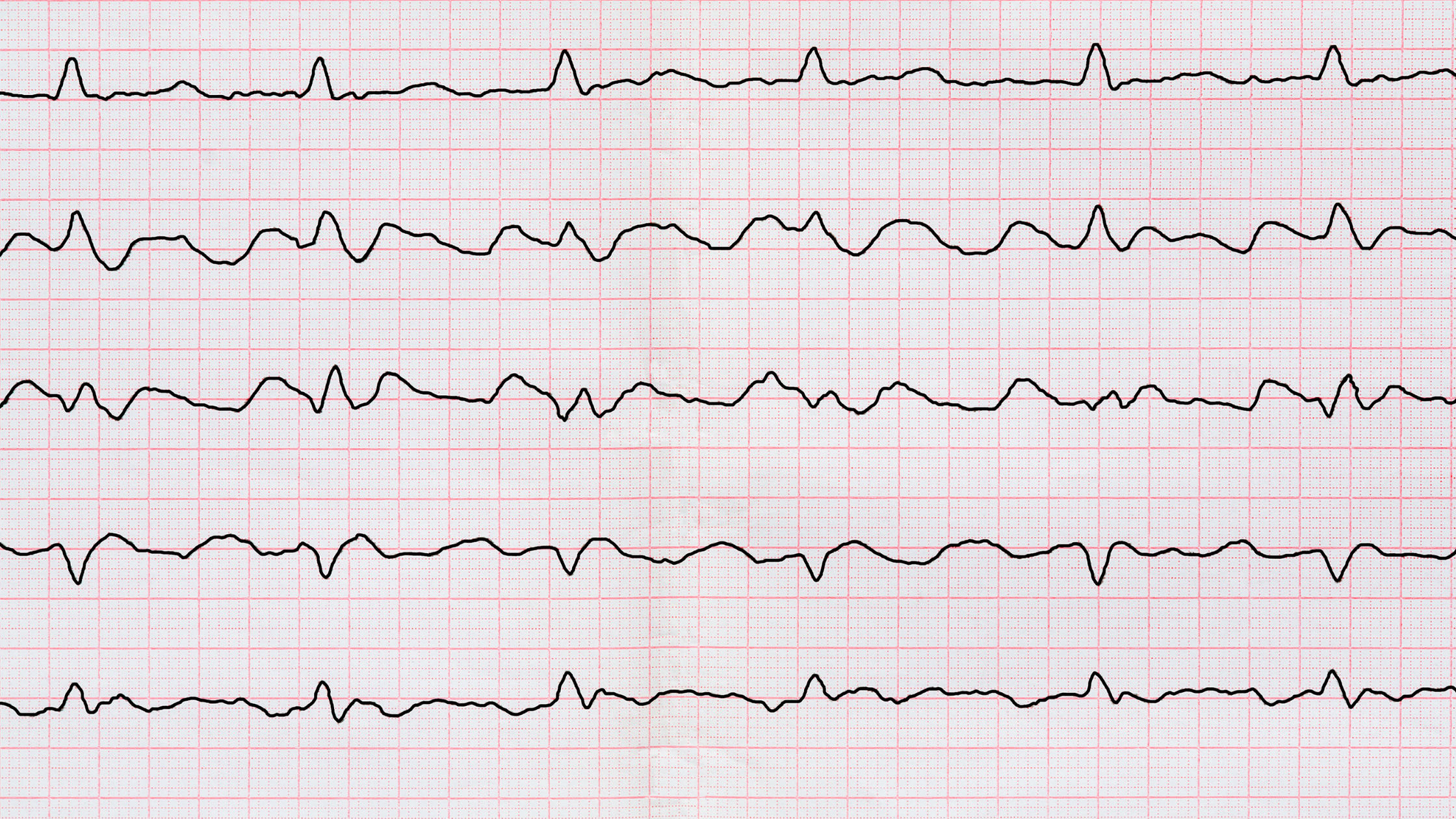Recent Australian studies have indicated that Atrial Fibrillation (AF) affects about 2% of the Australian Population. That’s over 500,000 people in 20201.
Atrial fibrillation is an incredibly common yet relatively unknown condition resulting in a rapid and irregular heart rate as a result of disruption to the electrical signals produced within the heart. September 2022 is National Atrial Fibrillation Awareness Month. Providing an opportunity to educate people on this very serious condition.

Atrial Fibrillation in the Older Population
Like the majority of cardiovascular conditions, older adults are at increased risk of developing atrial fibrillation. An estimated 5% of the Australian population aged 55 and over have AF.
In 2018, AF was the underlying or associated cause of over 14,000 deaths in Australia—9% of all deaths recorded. 62% of these AF-associated deaths were aged 85 and older, clearly reflecting the increased impact of AF on the older population2. Raising awareness of AF will encourage the older population to get checked by a healthcare professional, receive a prompt diagnosis, and if required undergo potentially lifesaving treatment.

Atrial Fibrillation Awareness is Important
Several studies have investigated the general population’s awareness surrounding the condition of atrial fibrillation. Research conducted in 2018 determined that global awareness of AF sat at only 48%3. Additional research concluded that early detection of atrial fibrillation was critical to saving lives and preventing a subsequent stroke as a result of underlying AF. These statistics demonstrate the importance of spreading awareness of AF and in turn increasing the detection rate of this important issue.
Signs and Symptoms of Atrial Fibrillation
Atrial fibrillation varies greatly in severity between individuals, with some presenting no symptoms at all and only being detectable upon examination by a healthcare professional. Despite this, others may face a number of the following symptoms:
- Chest pain
- Dizziness
- Fatigue
- Fluttering chest
- Rapid/irregular heartbeat
- Shortness of breath
- Sweating
- Syncope (fainting)
- Weakness
Diagnosis of Atrial Fibrillation
A variety of methods may be used to detect and diagnose atrial fibrillation in a patient, including:
- Blood testing
- Echocardiogram
- Electrocardiogram
- Event recorder
- Holter Monitor
- Stress test
- X-Ray
Treatment of Atrial Fibrillation
Once patients have received a diagnosis, a number of treatment or management options are available. Treatment will aim to reset heart rhythm, control heart rate or prevent blood clotting. This treatment can take many forms, from medication to surgery. Healthcare professionals will discuss the optimal treatment option advised on a case-by-case basis.
To learn more about treatment options available for Atrial Fibrillation including management and procedures, click here.
If you suspect you may have atrial fibrillation an appointment should be made to see a general practitioner for further investigation. However, if you present with symptoms such as shortness of breath, weakness, dizziness, light-headedness, or fainting, immediate medical help should be sought.
In an emergency call 000 or 13 HEALTH (1 343 25 84) if unsure of the severity of the medical condition.
Disclaimer This information is general and not conclusive. Follow any guidelines and advice from your doctor or specialist, health care or multidisciplinary team, for your personalised patient centred needs and care. Inquire about a patient advocate group regarding your specific needs. Call 000 if you experience chest pain.
To find a GP or a Cardiologist near you, visit www.hopeforhearts.com.au
Connect The Docs www.connectthedocs.com.au is a medical marketing agency specialising in therapy awareness campaigns, educating medical professionals and patients about common conditions.

